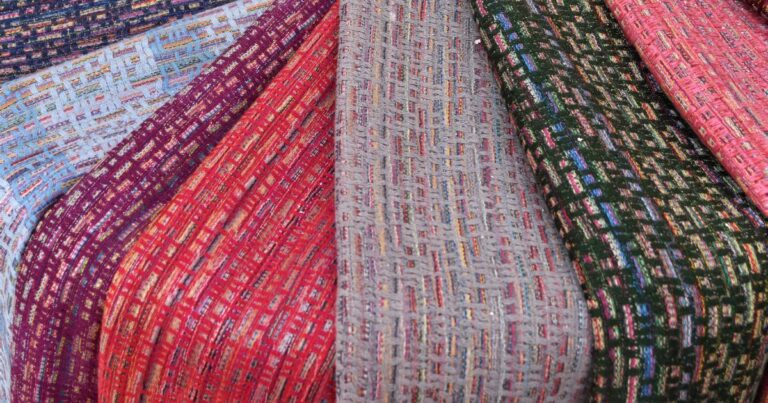Fashion and Sustainability: Strategies for Reducing Fashion Waste and Carbon Emissions
Fast fashion has significantly contributed to environmental degradation due to its high pace of production and consumption. The constant demand for cheap and trendy clothing leads to massive amounts of waste, as garments are often disposed of after only a few uses. This not only fills up landfills but also adds to the pollution from the textile manufacturing process, which is one of the largest contributors to water contamination and greenhouse gas emissions globally.
Moreover, the rapid turnover of fast fashion collections results in the exploitation of natural resources and the excessive use of chemicals in production. From water-intensive cotton crops to toxic dyes and synthetic materials, the fashion industry’s reliance on unsustainable practices continues to take a toll on ecosystems and biodiversity. As consumers increasingly seek out affordable and disposable clothing options, the environmental footprint of fast fashion only continues to grow, making it imperative for the industry to shift towards more eco-friendly and ethical production methods.
The Rise of Sustainable Fashion Brands
In recent years, there has been a notable surge in the emergence of sustainable fashion brands across the globe. These brands are not only focusing on creating stylish and trendy clothing but also prioritizing social and environmental responsibility in their production processes. The shift towards sustainable practices in the fashion industry reflects a growing awareness among consumers about the impact of fast fashion on the planet.
Sustainable fashion brands are embracing transparency in their supply chains, from sourcing materials to manufacturing and distribution. By adopting ethical practices such as fair wages for workers and using eco-friendly fabrics, these brands are setting new standards for the industry. Moreover, many sustainable fashion brands are actively engaging in community initiatives and supporting environmental causes, demonstrating their commitment to creating a positive impact beyond just the realm of fashion.
Innovative Materials and Technologies in Sustainable Fashion
Sustainable fashion is continuously evolving as designers and brands explore innovative materials and technologies that lessen the environmental impact of the industry. From utilizing organic fabrics like cotton and hemp to incorporating recycled materials such as plastic bottles and discarded fishing nets, the fashion sector is embracing new sustainable alternatives to traditional materials. These advancements not only reduce waste but also promote a more eco-friendly approach to clothing production.
In addition to sustainable materials, cutting-edge technologies play a crucial role in driving the shift towards a more sustainable fashion industry. Techniques like 3D printing, which allows for precise garment production with minimal waste, and waterless dyeing processes are revolutionizing the way clothes are made. By integrating these innovative technologies into their production processes, fashion brands can significantly reduce their carbon footprint and contribute to a more sustainable future for the industry.
What is fast fashion and how does it impact the environment?
Fast fashion refers to the mass production of trendy clothing designs that are quickly and cheaply made. This leads to increased waste, pollution, and exploitation of resources, ultimately contributing to environmental degradation.
How are sustainable fashion brands different from fast fashion brands?
Sustainable fashion brands prioritize ethical practices, such as using eco-friendly materials, reducing waste, and ensuring fair labor conditions. They focus on creating clothing that minimizes harm to the environment and promotes social responsibility.
What are some examples of innovative materials used in sustainable fashion?
Some examples of innovative materials in sustainable fashion include recycled polyester, organic cotton, Tencel (made from wood pulp), Piñatex (made from pineapple leaf fibers), and Econyl (made from recycled nylon).
How do technologies play a role in advancing sustainable fashion?
Technologies like 3D printing, digital textile printing, and waterless dyeing processes are revolutionizing the fashion industry by reducing waste, energy consumption, and water usage. These advancements help create more sustainable practices in garment production.






